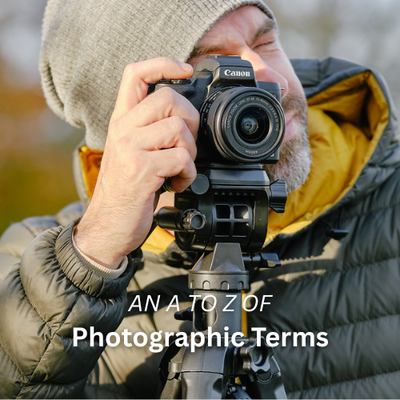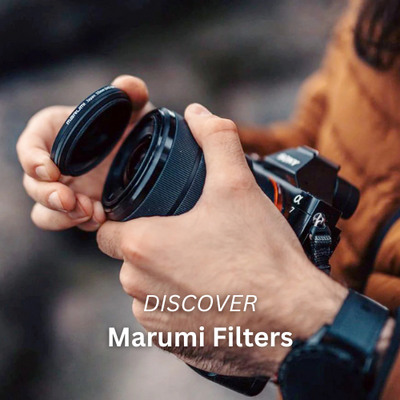Once you’ve gone through all the stages of setting up your interview, the next step is to ensure that you achieve the highest quality result. A crucial part of this is audio, and you’ll need to work with supplementary microphones to achieve a soundtrack that’s up to a professional standard: the on-board microphone your camera comes with is up to delivering a guide track but nothing more.
Using a Single Mic
The simplest way to step up your audio quality is to use a fit a microphone into your hot shoe and to plug this into your camera’s 3.5mm jack socket. A model such as the Kenro Universal Cardioid Microphone would be a great choice, designed specifically for videographers in mind to deliver top-notch audio to match up to great visuals. This model comes with a professional furry windshield to reduce wind and environmental noise when shooting outdoors, and coming in at just 86g, this tiny microphone delivers impressive sound and ideal for shooting on the go.
Shotgun mics are highly directional, which means they will focus on the sound that’s coming from directly in front of the camera, allowing you to lose unwanted noise from the side and behind. You will record just one track, however, meaning that if certain sounds - the voice of your interviewee for example - are further away from the camera’s position then they will register as quieter and it will be difficult to turn up the volume of just that element of the audio track in post.
However, if you’re a Run n’ Gun type operator, working with a fully self-contained rig and interviewing your subject face-to-face, then a single mic way of working can be highly successful and it does give you maximum flexibility to film on the hoof and to travel light. Always remember though to protect your mic with a slip-on windjammer – sometimes referred to as a ‘dead cat’! - to prevent wind noise becoming an issue.

Smartphone Mic
The move towards mobile filmmaking, where the recording device is a smartphone, is gathering pace and results can be astonishingly good with today’s 4K marvels. Yet again, however, you won’t get the standard of audio you need by relying on the built in mic that your phone comes with, but it is possible to get a supplementary microphone that will plug in to boost the quality of your sound to the required level. Kenro produces a bespoke omnidirectional lavalier microphone that will plug directly into the headphone jack of your smartphone. The high quality condenser and low handling noise makes the Kenro Lavalier Microphone ideal for use when capturing video.
Multiple Mics
If you want to have a greater degree of control over your audio or you’re recording a more formal interview, perhaps in the office of a client, where you have a little more time to set things up, then the way to go is to employ more than one microphone in your set up. This allows you to use different types of microphone that can do specialist jobs, and also to place your mic close to your subject so that you pick up their voice clearly and nothing else.
Most cameras only feature one 3.5mm audio socket, and only the more advanced will come with a facility to link with the more sophisticated XLR-compatible microphones, so you might be short of a connection or two if you’re planning to opt for multiple mics. You can get around this dilemma, however, by adding an audio adaptor to your kit bag, and these can fit between the base of your camera and your tripod head and add a huge amount of functionality to your set up.

Discrete microphones
One of the very best ways to achieve high quality audio is a wireless Lavaliere system, which employs tiny omnidirectional microphones that can be pinned to the lapel of both the interviewee and the interviewer. So small that they are virtually invisible, particularly against dark clothing, they can nevertheless deliver very high quality sound that’s focused on an individual rather than being something that’s just been indiscriminately collected from a wider area. Again, the Kenro Lavalier Microphone is the perfect choice for the job. Weighing in at just 2.5g and with its extra-long 6 metre cable, it’s the natural choice for discrete audio.
Getting the balance right
One thing that is crucial in any audio recording situation is real time monitoring of the sound you’re recording to make sure that the levels are right and there’s no distortion that would subsequently be impossible to manage. A set of headphones is therefore a fundamental pre-requisite, and most of the video-enabled DSLRs available these days come with a headphone socket. This is really important, and you’ll either need to be wearing the headphones yourself during filming or you’ll need a dedicated sound person whose job it is to listen out to the sound at all times to make sure this side of things is fully under control.
Audio is one of those areas that worries many who are new to filmmaking, but modern kit is so good these days that it’s taken much of the stress out of the whole area. Make sure you get plenty of practice before heading out on a live job, treat your audio as seriously as you do your visuals and you can’t go wrong!



